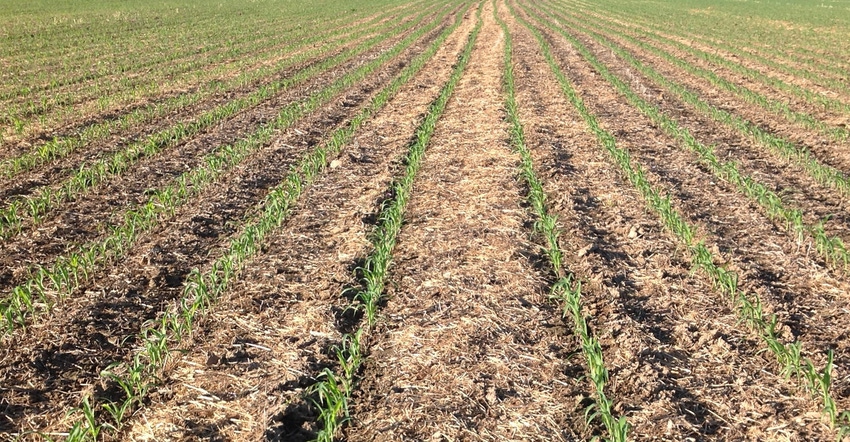October 4, 2022

With the end of the growing season approaching, the next question on many people’s minds is, what is a fair cropland rent for 2023? It is a legitimate question, and many people do not like my first response — it depends.
I need the answers to some questions first:
Was the rent paid last year?
In which county in Wisconsin are you located?
What are typical yields on your farm?
What is the demand for cropland in your area?
Are you happy with your current renter?
Is your renter a good steward of your cropland?
Who will pay for lime, if needed?
Who will receive any USDA payments?
How many years is the rental agreement?
I have the same initial conversation with landowners and potential cropland renters, and my story is the same every time. I do not mention a rental price.
The National Agricultural Statistics Service gathers cropland rental rates. This is a good source to begin a conversation. There will be an “on the street” rental rate, and it may or may not be accurate. So what should be involved when determining a cropland rental rate?
Know your market
One method is to consider your market and then set a price that is competitive for your market area. If you are happy with the relationship with your current renter, is it worth increasing or decreasing rent to continue working with this renter?
Can the landowner and cropland renter think in a different manner to determine a fair rental rate? The landowner has an investment in land, and that land has a monetary value. If you had money to invest in a low-risk investment, what would you like for a minimum return on your investment?
Now let us look at cropland as the landowner’s investment and the cropland renter as the financial company paying on that investment. At the NASS link mentioned earlier, you can find the value of cropland sold in Wisconsin in each county. Both parties may use an average sale price for negotiations to determine a rental price. If both parties agree that cropland is worth $4,000 per acre and a desired return on investment for cropland is between 3% and 5%, this would give a range of $120 to $200 per acre for a rental rate. Remember, there may be other considerations such as lime, conservation practices, USDA payments, etc. — not just a price per acre.
These numbers would provide a guideline in which both parties can negotiate a cropland rent price. Understand that every situation will be different. Who pays to apply lime to correct pH? Who pays for soil testing? If a landowner agrees to pay for lime, then the rental price will be greater versus the cropland renter paying for the lime, which may result in a longer-term contract at a lower rate, allowing the renter some reward for purchased inputs.
Many people only want a verbal agreement. Verbal agreements are only enforceable for one growing season. It is wise to write things down, even if it is as informal as the renter and landowner writing down their thoughts, the date, and signing it, handwritten on notebook paper. A written document eliminates any he-said-she-said situations. Here are examples of crop rental agreements online. These examples are Word documents that you can download and enter in terms you would like included in the agreement. One is a simple agreement and the other has more details.
In summary
Crop rent leases should be written, dated and signed. Write out terms of the agreement. There are forms available online, or contact your local Extension office for help. Verbal agreements are enforceable but can only be in force for one growing season, and many times people forget what was verbally agreed to a year later. Rental rates are negotiable; there is no one-price-fits-all. To determine rental rates, knowing current land values is beneficial and may help in determining a return on investment of cropland.
If you have questions on renting cropland, please contact your local Extension office or email [email protected].
Halopka is a certified crop adviser, an Extension senior outreach specialist and the crops and soils educator in Clark County, Wis.
You May Also Like




